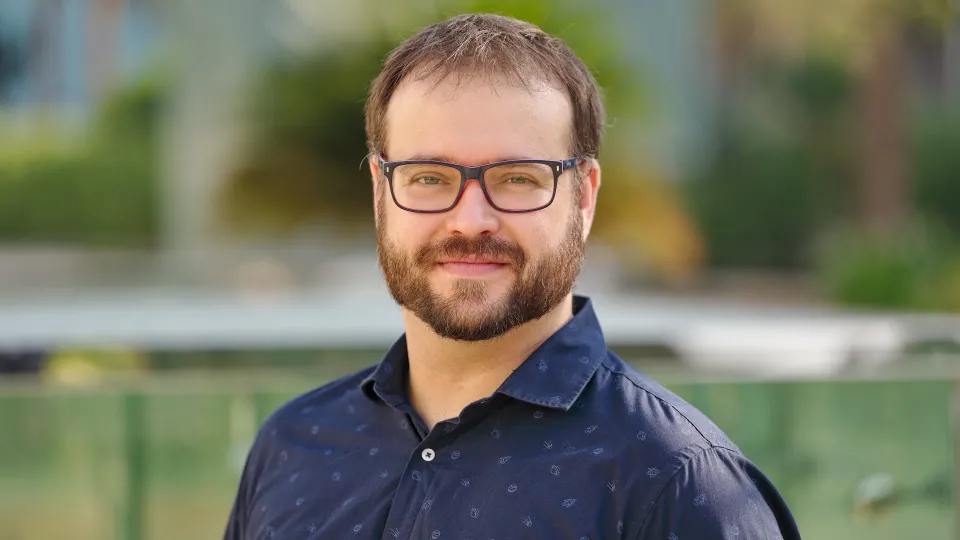
Best Scientific Capture Award -2nd place by David Lago Cachón
About
Last month our postdoc David Lago-Cachón and his colleague Niketan Patel were awarded with the second place on the Best Scientific Capture Award organized by the 5th Young Researchers in Magnetism #YRinM2021. The contest was sponsored by Universitat de Girona, Spanish Magnetism Club (CEMAG) and IEEE-Magnetics Society.
The image shows highly-ordered anodized alumina in the shape of honeycomb. The side length of the hexagons is around 100 nm. These alumina templates are commonly used to fabricate magnetic nanowires using for example the protocol described in Patel NS et al. J Vis Exp. 2019;(152):1–5. Although most of the hexagons are nicely ordered, when some hexagons have only five neighbors, the authors claim to see flowers. As KAUST is located in the desert, any tiny bloom, even a nanometric one, is celebrated. The picture was obtained using a FEI Teneo Surface Electron Microscopy from the Imaging and characterization core lab from KAUST. Colors were modified using GIMP.
For me, research means exploring the unknown, solving problems, generating new knowledge and sharing it with other people. I may be a dreamer, but I find beauty in doing research.
References:
Patel, N. S., Lago-Cachón, D., Mohammed, H., Moreno, J. A., & Kosel, J. (2019). Iron Nanowire Fabrication by Nano-Porous Anodized Aluminum and its Characterization. Journal of Visualized Experiments, (152).
Handle 10754/659998 DOI 10.3791/60111 Altmetrics ![]()
